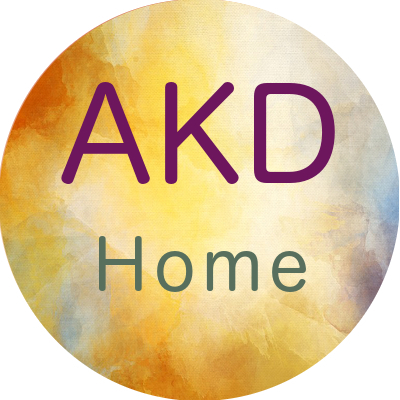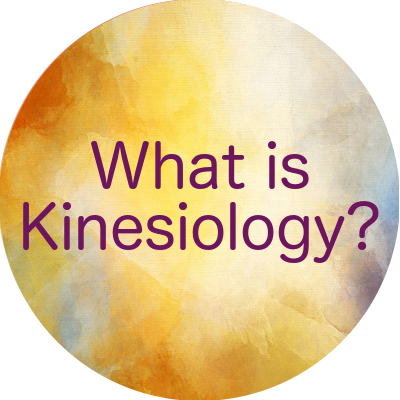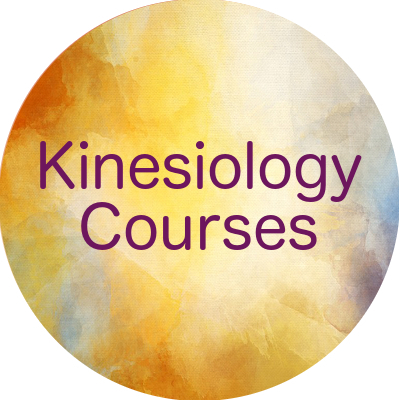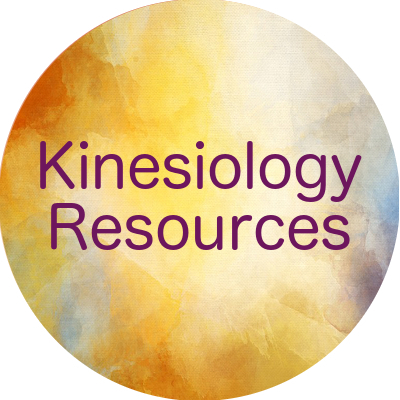




Conventionally, the word Kinesiology (kin-easy-ology) means the study of motion, in particular the study of how muscles act and coordinate to move the body. However, in the natural health field, the term kinesiology is seen and used in a different way. Here, muscles become monitors of stress and imbalance within the body where 'Muscle Testing', the key technique in Kinesiology, is used as an effective and versatile tool for detecting and correcting various imbalances in the body which may relate to stress, nutrition, learning problems, injuries and so on. The muscle testing technique is fundamental to all the different types of kinesiology modalities, such as Touch For Health, Kinergetics, Neuro-Training and Applied Physiology, to name a few.
How Did Kinesiology Begin?
Kinesiology has its roots in the early sixties with George Goodheart D.C, a US chiropractor. Goodheart began to use muscle testing to evaluate muscle function, posture and general body imbalances. His continued research, which also included discoveries of corrective measures for the evaluated dysfunctions, led him to formulate 'Applied Kinesiology', a system he made available to other Chiropractors and professionals. Soon after, in the early seventies, another Chiropractor, John Thie D.C., with wonderful humanitarian insight, systemised Kinesiology for the lay person. This simplification towards a self-help method he called Touch For Health. Since the inception of Touch For Health, Kinesiology has been taught to millions of people the world over, in many languages.
The techniques of Kinesiology have developed since these times. They are still being taught to individuals from all walks of life but today their powerful and broad application has blossomed greatly. Many students, clients, instructors and practitioners are dealing with the subtle but numerous imbalances that lie behind the physical, mental and emotional problems which are experienced today.
One of the greatest virtues of Kinesiology is its versatility. Its concepts and techniques can be applied almost anywhere at any time. They can be expanded upon and developed to suit individual tastes or needs and can be used on oneself, within the family or in the professional situation.
Some Aspects of Kinesiology
The following are outlines of some of the main aspects of kinesiology which one can learn in various courses or experience in one to one consultation work.
1. Food Sensitivity Testing.
Modern living has given us a time where food sensitivities and allergies are manifesting as major health concerns (chemical sensitivities included). Most of us encounter food sensitivities, however, it is the severity and the range which determines the effects. Unfortunately, in many cases we are not aware that certain foods (or chemicals) are creating imbalances.
Muscle testing is a wonderful tool for determining food intolerances or sensitivities. In fact, with Kinesiology techniques, individuals are able to monitor regularly what foods their bodies are coping with or not. Working this idea into any diet regime adds further value. Also young children and babies are not excluded from help. Much feedback has come from mothers who have used muscle testing (surrogate) with their infants & children.
2. Meridians and Circuits.
In Kinesiology one can obtain feedback about the state of the meridians in the body (meridians are channels of subtle energy that nourish the functions and organs of the body - they form the basis of acupuncture and the ancient Chinese healing principles). This is important since meridian energy is fundamental to our state of wellbeing.
What is so interesting about meridians is that they are an intricate part of a whole network of 'circuits' interconnecting different parts and functions of the body. These circuits, which include those in the nervous system, create a complex yet beautiful functioning web. Through stress, inappropriate diet and/or various other factors, meridians and their related circuits, 'switch off' like a blown fuse, upsetting the smooth or regular functioning of the body. Sometimes inappropriate circuits will 'switch on' as in bad habits or improper responses to stress. A wonderful feature of Kinesiology is its ability to locate and influence the many circuits of the body.
3. Enhanced Learning
Much of the electrical, circuit or nervous system work in Kinesiology comes into the realm of 'brain integration' and deals with aspects such as learning problems. Kinesiology has developed many 'switch on' points and techniques for the eyes, ears, coordination and the brain as a 'whole'.
The power of Kinesiology in this area has been brought to the fore by Dr. Paul Dennison, whose discoveries updating conventional cross patterning movements have been most profound. While 'cross-crawling' is considered a normal motor activity, many people are not 'switched on' to this integrated movement. Consequently their body prefers non integrated modes and circuits which have a detrimental effect on their ability to learn or respond appropriately to stress. Switching people back on in this respect is very basic to Kinesiology work. The simplicity of techniques which one can learn in this area is truly amazing.
4. Stress Release
Stress related work has become a major part of the Kinesiology field, and fundamental to its effectiveness in this area is the Emotional Stress Release or Stress Defusion concepts.
Stress Release techniques are very simple yet most powerful. They are taught in all Kinesiology courses and are used regularly in consulting work. This is because at the basis of many disharmonies we find stress and emotions blocking or impairing proper body and mind functioning. Stress Release can help to clear blockages related to past or present traumas, belief systems, negative thoughts etc.
The basis of Stress Release can be used by any individual for their own growth or to help others. It also functions effectively when used with affirmations or when working with goals.
Experiencing Kinesiology
1. Consultations
One to one work in kinesiology has developed into a very successful and respected area of the health and healing field. The use of muscle testing to identify the stresses and imbalances beneath many of our health and performance problems, has proven to be a remarkable tool. A list of Kinesiology Consultants can be found on pages........
All the Kinesiology Consultants listed in this Directory are Registered Practitioners with at least one Kinesiology Organisation here in Australia.
2. Courses
Many people choose to learn kinesiology techniques because they are simple, effective and so fascinating. The important thing however, is that most courses have been specifically developed for the lay person to learn and use. Personal health and wellbeing in the home is at one's fingertips. More advanced courses are available for those wishing to gain further techniques and understanding (e.g., for practitioner and/or instructor training). The details of the common kinesiology courses are outlined on the following pages along with a list of Instructors from various parts of Australia.
Where Do I Begin?
There are different streams or modalities of Kinesiology Courses (e.g., Touch For Health, Educational Kinesiology & Applied Physiology to name a few). The most common modalities taught in Australia are described in this directory. Each has its own basic or introductory course and each is different in some way. There are however, some common fundamentals that can be found in most Kinesiology course streams such as muscle testing, stress release techniques and food sensitivity testing (for more details see 'Aspects of Kinesiology' above).
A popular or traditional beginning point in Kinesiology is the Touch For Health One course as it offers a range of the fundamental techniques used in Kinesiology across the board. On the other hand Edu-K 1 (or Brain Gym 1) is a popular beginning point for parents & school teachers interested in using Kinesiology for switching on learning in a simple and easy manner. The Three In One Concepts Courses begin with Tools of The Trade and offers some very fascinating Kinesiology information on working with the emotional side of our health and well being. Kinergetics is sometimes favoured by those people who enjoy reiki and and other therapies involved in 'healing energies'
There are other courses through which one can learn Kinesiology e.g. Applied Physiology, Professional kinesiology Practice etc. While most Kinesiology course series have their own introductory levels they also have more advanced levels for Instructor or Practitioner training or for mere interest and personal development.
Some organisations or individuals offer extensive training or diploma courses that contain a number of kinesiology modalities or integrated kinesiology information.
Becoming a Practitioner or Instructor in Kinesiology
*Each modality within Kinesiology has its own requirements to be an Instructor or Practitioner. These are outlined with the descriptions on the following pages for some of the major Kinesiology types here in Australia. (See KINESIOLOGY COURSES button at the top or click here.)
*To be Registered as a general Kinesiology Practitioner one must become a practitioner member of a Kinesiology organisation. This usually entails attending a certain number of hours of Kinesiology Courses. The hours can be counted from any accredited Kinesiology modality. For further details contact the organisations in the resurces section. (Click on the RESOURCES button at the top or here.)





